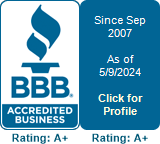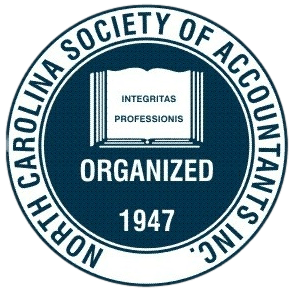
Small business owners have to manage expenses carefully. And truly understanding your profit margin on everything you sell is key to doing that. What should you calculate to find the right expense and profit? And why is it so important? Here are a few helpful steps to determining your Cost of Goods Sold.
What Is Cost of Goods Sold?
The Cost of Goods Sold (COGS) basically consists of what you spent producing a particular good for sale. It is calculated with a simple formula at the end of each cycle (monthly, quarterly, or annually). This formula is the beginning cost of inventory added to inventory bought or made in the period. Subtract the ending inventory, and you have the amount you spent on inventory during that particular cycle.
COGS is most often used when reporting income and expenses for tax purposes (Schedule C or Form 1125-A), but it should also be used to make your company's financial reports more accurate. It separates out the cost of making things and providing services from the cost of running the administrative side of things.
The part that most business owners find challenging is finding all the costs to be included. It's often easy to know what you spent purchasing inventory for resale or raw materials for use in making your goods. But it can be much harder to track things like the cost of storing inventory, labor to work with the inventory, and packaging expenses.
In addition to just knowing these numbers, you often need to allocate them between business functions. Manufacturing processes, for example, often use water in production. To fully calculate the cost of that water usage as opposed to the cost of water use in the office may call for some deductive work. But it could be a large part of the expense for each item you manufacture.
Why Do You Need to Know?
If you aren't making a profit on specific items, they're a drag on your overall profit margin. But looking at your books as a whole, you may see a net profit and a positive cash flow on your bottom line. This is great because it means you made more than you spent as a company.
However, it could be misleading if one item is making all the profit while other items are costing you too much money to produce. With COGS calculations, you can also track changes in costs, such as raw metals that have increased in price and made an item less profitable. Knowing specific numbers helps you negotiate with vendors and price your goods appropriately.
Researching the amount spent on particular units of sales under your umbrella gives you an idea of where to focus your marketing, what product lines to phase out, and how to maximize your profit margin.
For instance, if you make beer, you may want to determine if your keg sales business is more or less profitable than your taproom business. And a farmer who sells at the local outdoor market does well to know whether it's a good business move to spend money turning raw vegetables into canned goods or not.
How Can You Learn More?
An experienced accountant or bookkeeping service is a big help when figuring out the true COGS numbers. They will scour your books to find expenses directly related to inventory as well as indirect costs attributed to it. You can get as generalized or as specific as you need to in order to determine where you can save money or boost profits.
At Quality Bookkeeping Services Inc
, we can help you meet all your accounting needs, including analyzing Cost of Goods Sold. Make an appointment to visit with an expert today.













